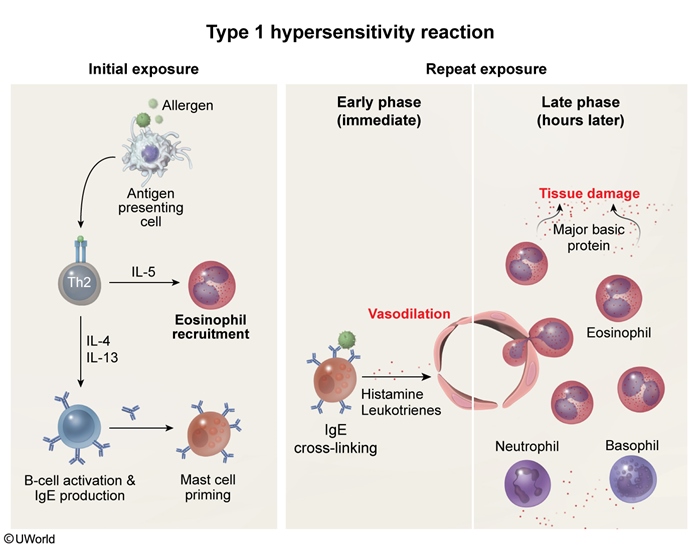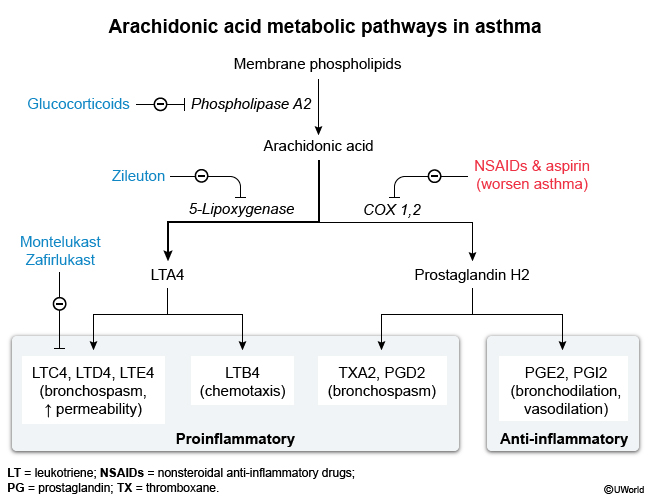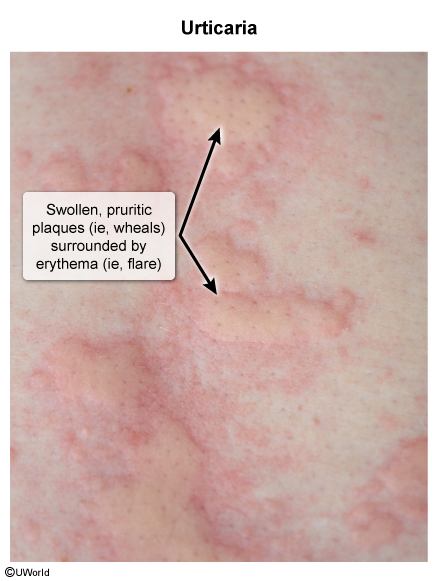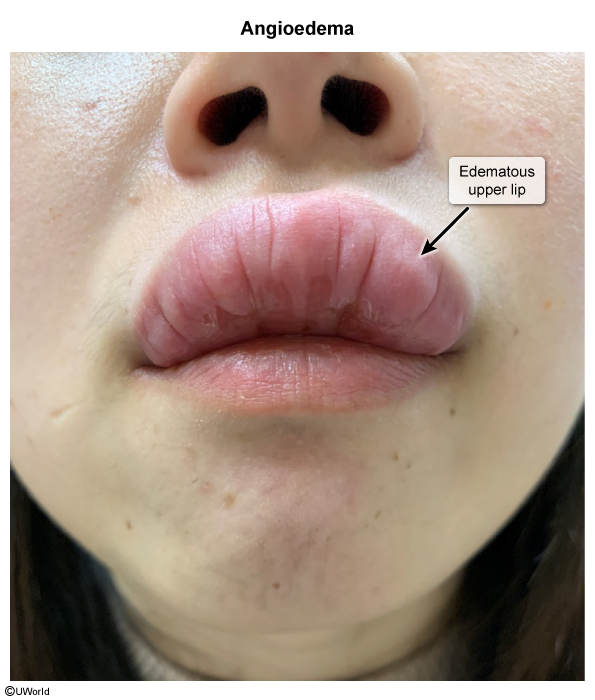Anaphylaxis
Article Sections
Introduction
Anaphylaxis is a potentially life-threatening allergic reaction characterized by rapid onset and systemic involvement. The reaction involves acute degranulation of mast cells triggered by immunologic (ie, IgE-mediated, such as food allergy) or nonimmunologic (eg, non-IgE-mediated, such as radiocontrast allergy) mechanisms. Because of its variable presentation, anaphylaxis can sometimes be difficult to recognize.
Pathogenesis
Anaphylaxis involves massive degranulation of mast cells, basophils, and eosinophils in various organs (especially skin, airway, and gastrointestinal tract), releasing preformed mediators (eg, histamine, serotonin, leukotrienes). The mast cell degranulation can be triggered by immunologic and nonimmunologic mechanisms (Table 1).
Immunologic (IgE-mediated)Immunologic anaphylaxis involves classic Type 1 (IgE-mediated) hypersensitivity (Figure 1). It involves 2 phases:
- Initial sensitization (asymptomatic, typically in early life): Exposure to allergen causes immune skewing toward an allergic (TH
Continue Learning with UWorld
Get the full Anaphylaxis article plus rich visuals, real-world cases, and in-depth insights from medical experts, all available through the UWorld Medical Library.
Figures


Images

